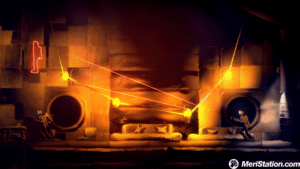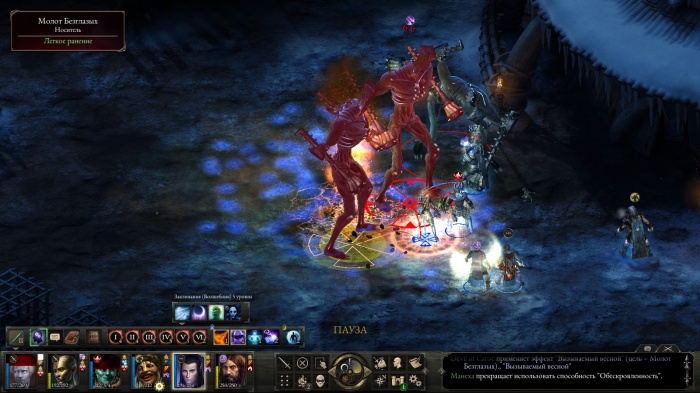There is something in the beginnings of The Swapper that strongly reminds us of another 2D game in which loneliness, a superb ambience and exploration occupy key elements of its essence. Of course we are talking about Super Metroid , but it is a superficial comparison because this independent title is your own game even if you have those elements common to Nintendo’s masterpiece .
It is easy to see the map style -open, with relative freedom to come and go-, the two-dimensional approach and the protagonist in a special suit with what looks like a weapon and come to the conclusion of being in an action adventure under the Classic influence, but nothing further from reality.
In The Swapper there are no weapons, no enemies and no more than a specific ability that can be executed with the “weapon” we carry, which is what gives the name to the game. The ” Swapper“It is a tool that allows us to project clones of ourselves at any point in space,
with a secondary ability that allows us to move from our body to any of the clones that we have created assuming there are no obstacles in between. of its use we see them with the classic pressure plates: the classic example of a gate that only opens if you step on the plate and that closes if you stop stepping on it, here it is solved by
leaving a clone on top. the clones that we do not possess move in the same direction and sense of the character that we control, so if we move from left to right,
we jump or make any movement,our clones imitate them – until they fall into a pit or we come across a wall that makes the clone touch the main character, which disintegrates it.
With this simple mechanics, knowing that we can create a maximum of four clones and with some limitations, is how we move forward. It is basically a puzzle game with a
huge imagination to pose increasingly complex situations that can be solved by making creative uses of the limited powers that we have. To climb to high places where our jump does not give, we create clones in mid air and we progressively possess them until we reach the point we want.
To land from great heights, we use our ability to create clones at any point, which has the side effect of slowing down time, allowing us to make more precise actions more easily.
With these wicks, The Swapper builds a web of natural obstacles that will force us to stop and think. But our main obstacle to progress will be in some lights
that will condition our abilities. The blue lights prevent creating clones in their area of influence, the red lights block our ability to move from one body to another and violet light combines both restrictions to make us the punch dramatically.
As we move forward we will find situations that will leave us perplexed, wondering how we can move forward using what we have and with the doubt whether we may lack some tool that we have not yet found, but no,
this is a very Metroid mentality and of the Castlevania of Igarashi, but it is not something that applies here: everything is solvable with the basic elements that are obtained at the beginning of the game.
Sometimes we have to play with pressure plates and the ability of our clones to move in unison when the character we are driving, other times we must perform our movements in mid air, in a limited time frame in which we must be precise above all. It is impossible to detail the puzzles without gutting the experience, but they are imaginative and also solving them has the double quality
that on the one hand they satisfy our desire to feel intelligent when we find the solution, and on the other hand they are also aesthetically and mechanically suggestive,
leaving us with some satisfaction own of the platforms when we get to execute perfectly a series of jumps in the moment and the right place to get to the desired place.
A satisfaction certainly becomes quite sinister once we stop to think about what we are doing. The first moment we really realize this is when we use a clone to “land” safely after a big fall.
The heights are deadly but in the middle of it we can create a clone near the ground and go through it to avoid any damage … while we see how our previous body ends falling behind us, with a slight but effective ragdoll effectthat helps us to appreciate how the arms and legs that used to be ours are disengaged by the effect of the fall.
Then we also witness moments such as when we are in the air and create clones to reach a specific point, knowing that some of them will have to fall and be destroyed so that we can reach the desired point. Who are those bodies, as real as ours, that we use so carelessly to achieve our goals?
Who are we, who change between those bodies like someone who changes a shirt? Are we still really ourselves when we occupy a body that is the same but different from ours?




